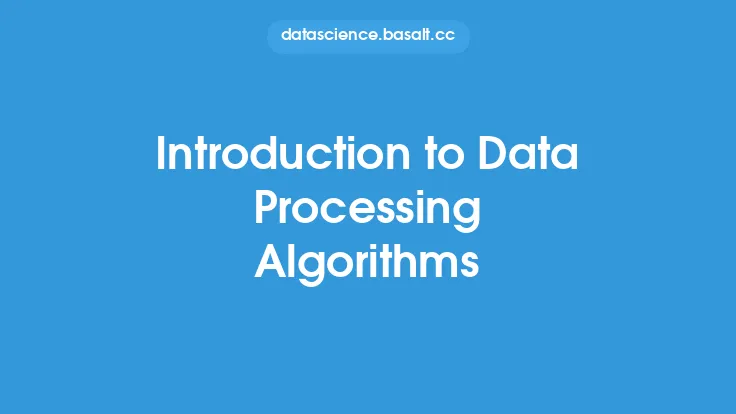Natural Language Processing (NLP) is a subfield of machine learning that deals with the interaction between computers and humans in natural language. It is a multidisciplinary field that combines computer science, artificial intelligence, and linguistics to enable computers to process, understand, and generate human language. NLP has become a crucial aspect of many applications, including language translation, sentiment analysis, text summarization, and chatbots.
History of NLP
The history of NLP dates back to the 1950s, when the first machine translation systems were developed. However, it wasn't until the 1980s that NLP started to gain momentum, with the development of rule-based systems and the introduction of machine learning algorithms. In the 1990s, the field of NLP expanded rapidly, with the development of statistical models and the introduction of new machine learning algorithms. Today, NLP is a thriving field, with applications in many areas, including customer service, language translation, and text analysis.
NLP Tasks
NLP involves a range of tasks, including text classification, sentiment analysis, named entity recognition, and machine translation. Text classification involves assigning a label to a piece of text, such as spam or not spam. Sentiment analysis involves determining the sentiment or emotional tone of a piece of text, such as positive or negative. Named entity recognition involves identifying named entities in a piece of text, such as people, places, and organizations. Machine translation involves translating text from one language to another.
NLP Techniques
NLP involves a range of techniques, including rule-based systems, statistical models, and machine learning algorithms. Rule-based systems involve using a set of predefined rules to analyze and generate text. Statistical models involve using statistical techniques, such as probability and statistics, to analyze and generate text. Machine learning algorithms involve using algorithms, such as neural networks and decision trees, to analyze and generate text. Deep learning algorithms, such as recurrent neural networks (RNNs) and long short-term memory (LSTM) networks, have become increasingly popular in NLP, due to their ability to learn complex patterns in language.
Applications of NLP
NLP has a wide range of applications, including language translation, sentiment analysis, text summarization, and chatbots. Language translation involves translating text from one language to another, and is used in many applications, including Google Translate and Microsoft Translator. Sentiment analysis involves determining the sentiment or emotional tone of a piece of text, and is used in many applications, including customer service and marketing. Text summarization involves summarizing a piece of text, and is used in many applications, including news aggregation and document summarization. Chatbots involve using NLP to generate human-like responses to user input, and are used in many applications, including customer service and tech support.
Challenges in NLP
NLP is a challenging field, due to the complexity and nuances of human language. One of the biggest challenges in NLP is dealing with ambiguity and uncertainty, as human language is often ambiguous and context-dependent. Another challenge is dealing with the complexity of human language, which involves many different components, including syntax, semantics, and pragmatics. Additionally, NLP systems must be able to handle out-of-vocabulary words, idioms, and colloquialisms, which can be difficult to model and analyze.
Future of NLP
The future of NLP is exciting and rapidly evolving. One of the biggest trends in NLP is the use of deep learning algorithms, which have shown state-of-the-art results in many NLP tasks. Another trend is the use of transfer learning, which involves using pre-trained models as a starting point for new NLP tasks. Additionally, there is a growing interest in multimodal NLP, which involves combining text with other modalities, such as images and speech. As NLP continues to evolve, we can expect to see many new and exciting applications, including more sophisticated chatbots, improved language translation, and more accurate sentiment analysis.
Real-World Applications of NLP
NLP has many real-world applications, including customer service, language translation, and text analysis. For example, many companies use NLP to analyze customer feedback and sentiment, in order to improve their products and services. NLP is also used in language translation, such as Google Translate, which can translate text from one language to another in real-time. Additionally, NLP is used in text analysis, such as text summarization and document classification, which can be used to analyze and summarize large amounts of text.
Conclusion
In conclusion, NLP is a rapidly evolving field that has many exciting applications and challenges. From language translation to sentiment analysis, NLP has the potential to revolutionize the way we interact with computers and access information. As the field continues to evolve, we can expect to see many new and exciting developments, including more sophisticated chatbots, improved language translation, and more accurate sentiment analysis. Whether you are a developer, researcher, or simply someone interested in the field, NLP is an exciting and rapidly evolving field that is worth exploring.





